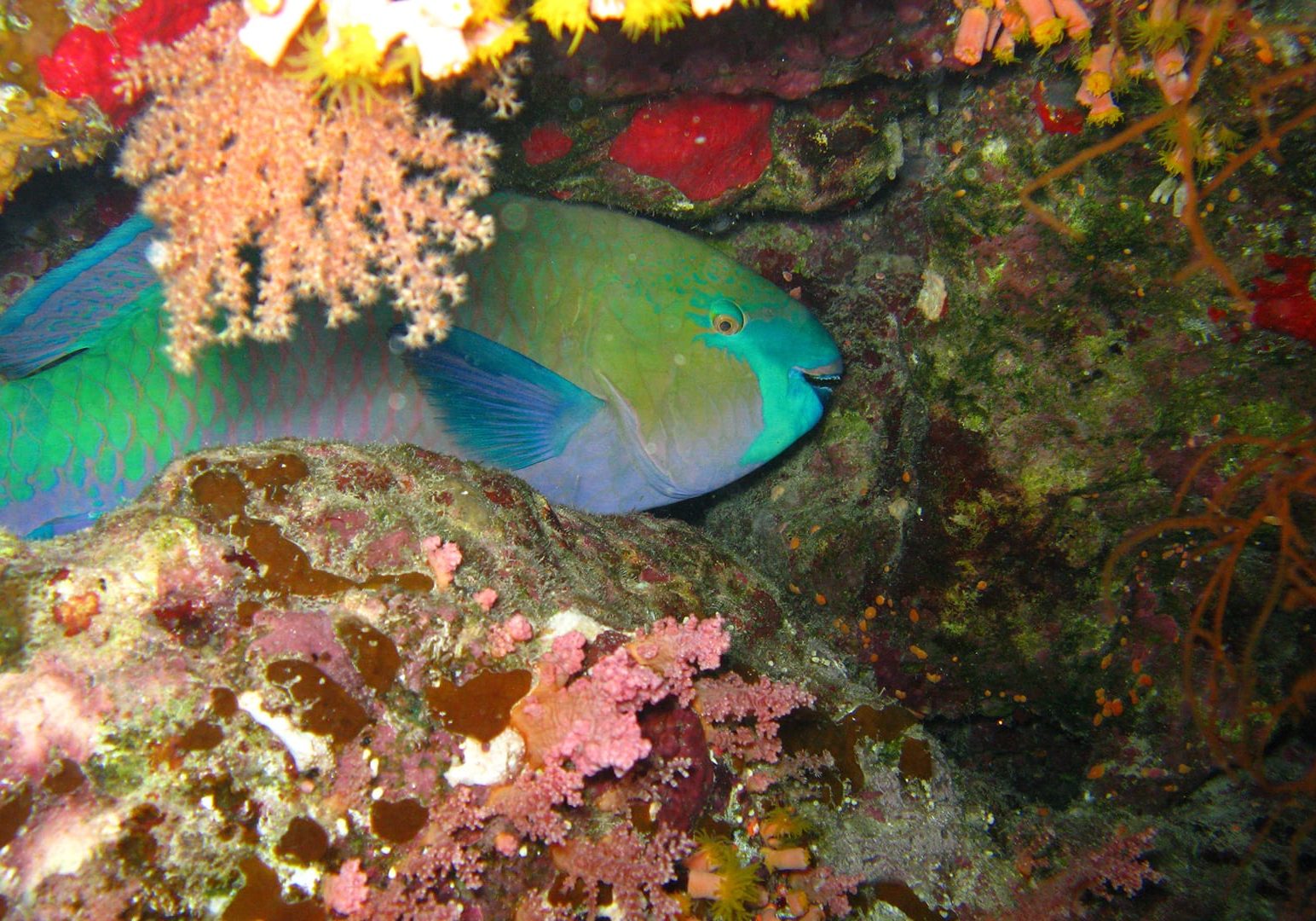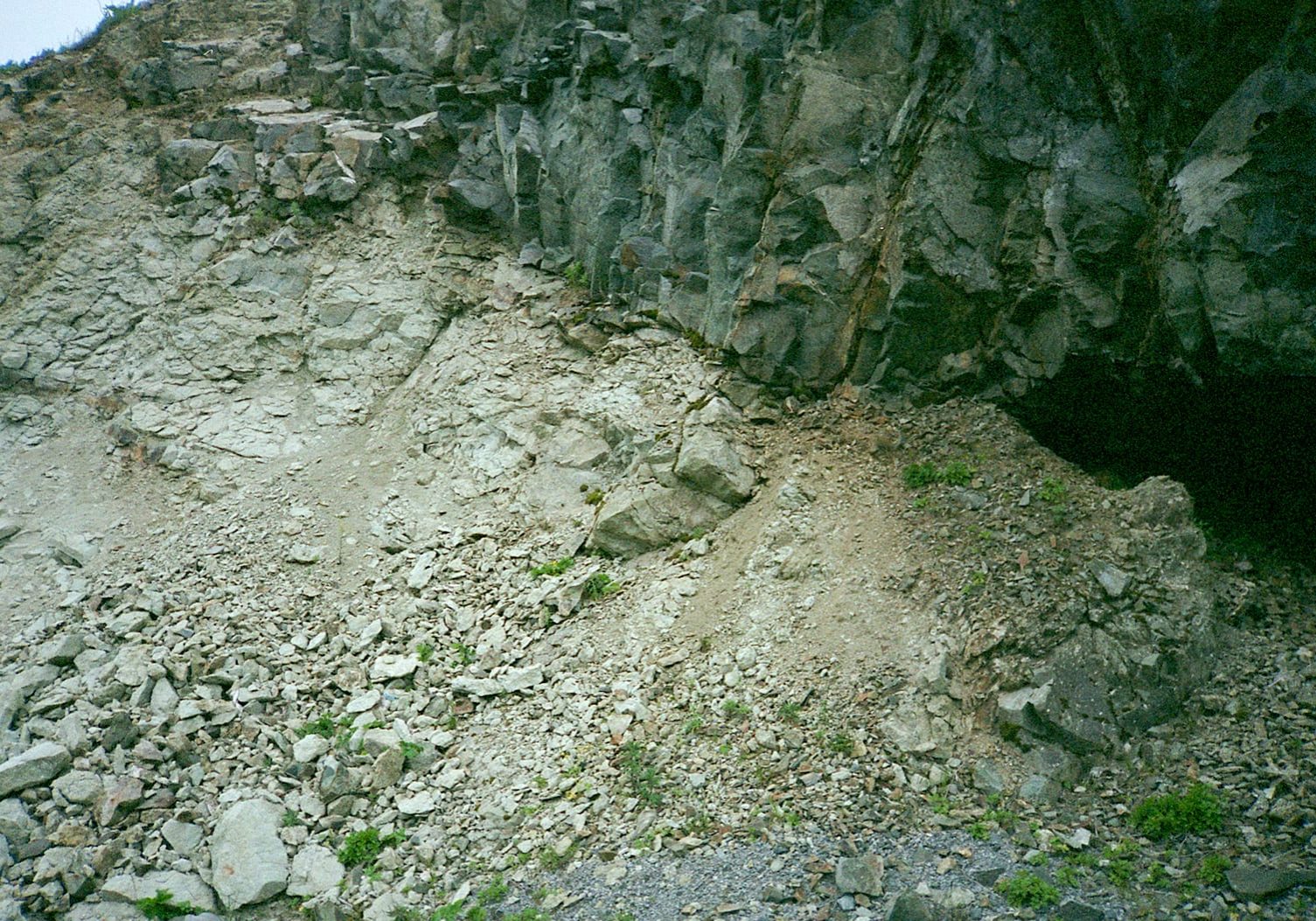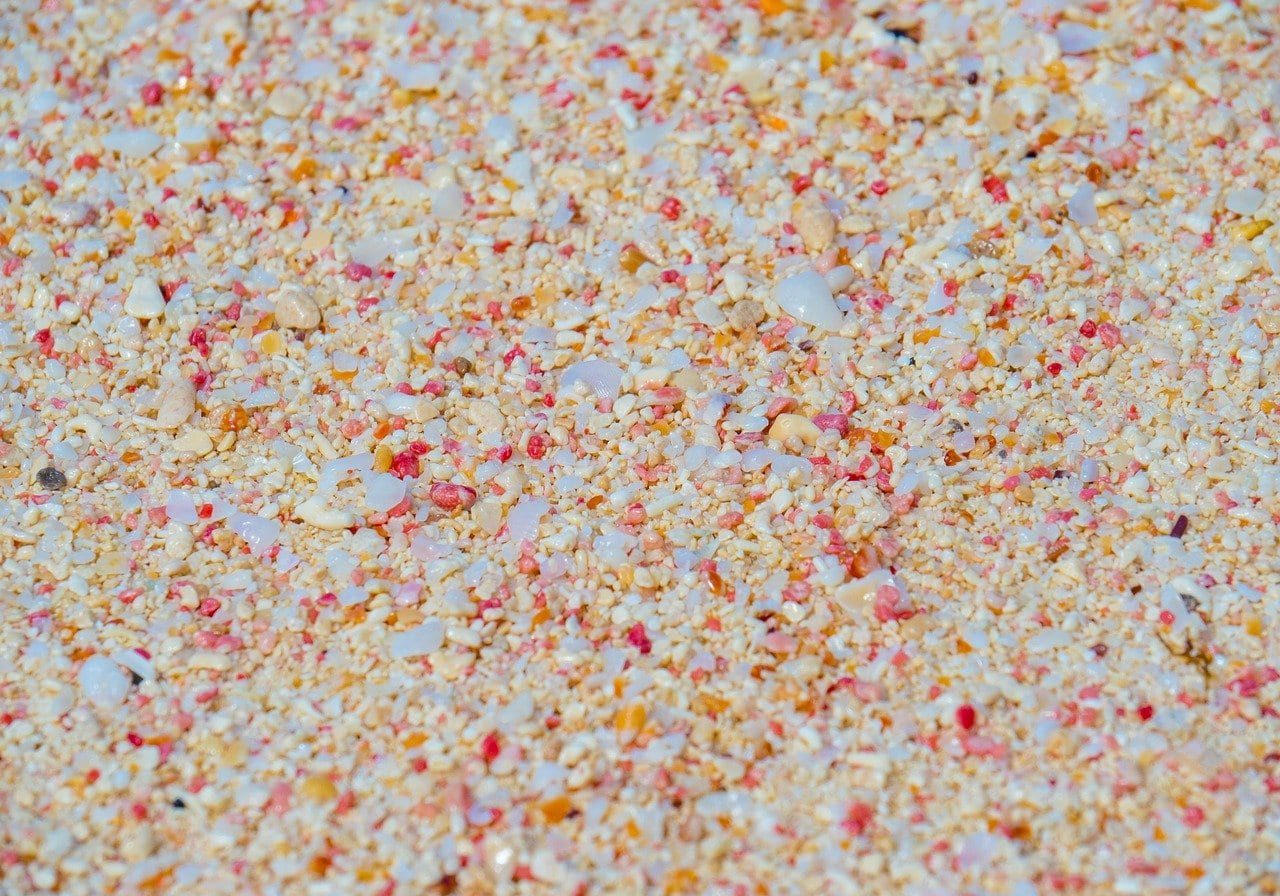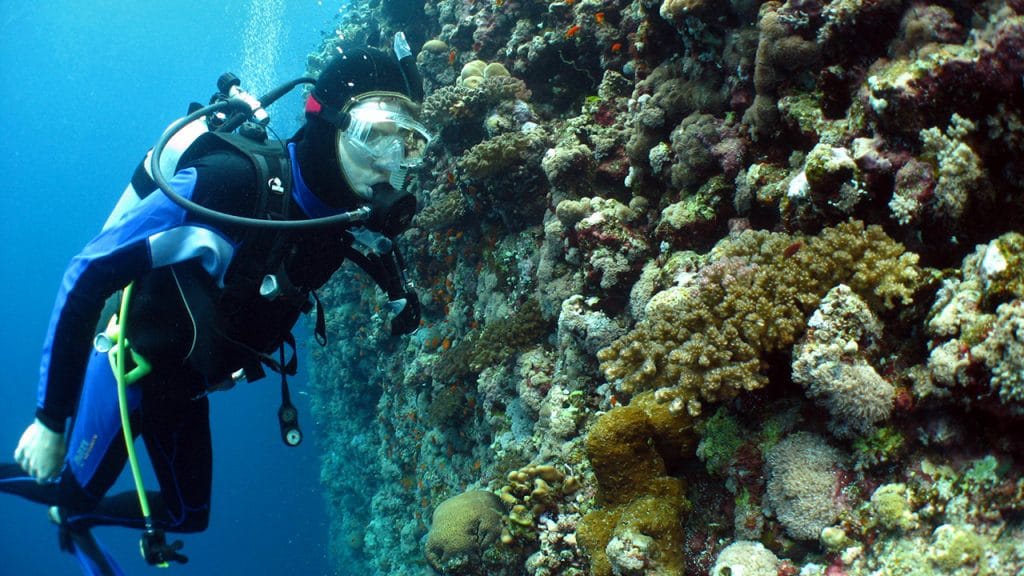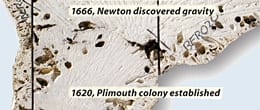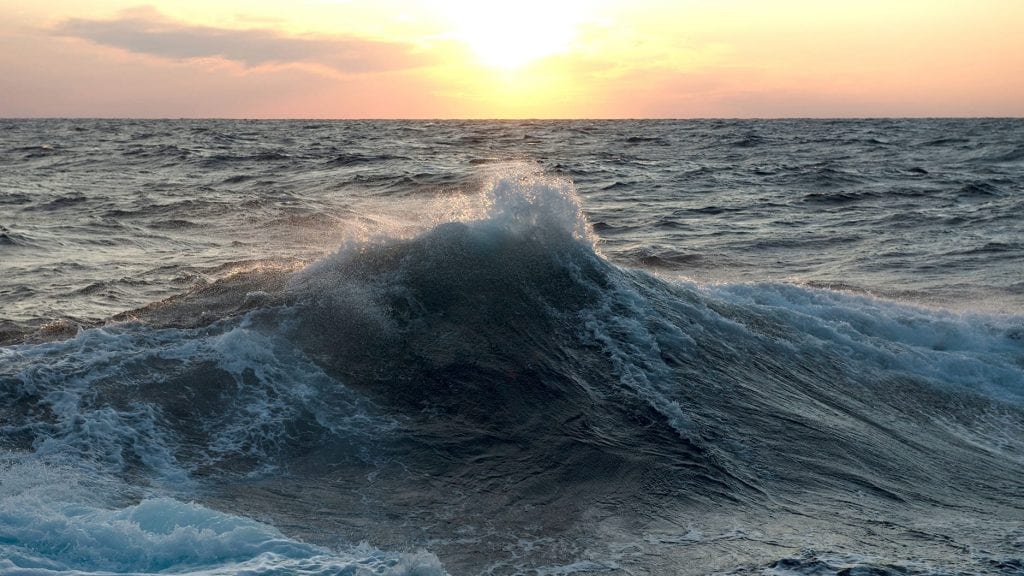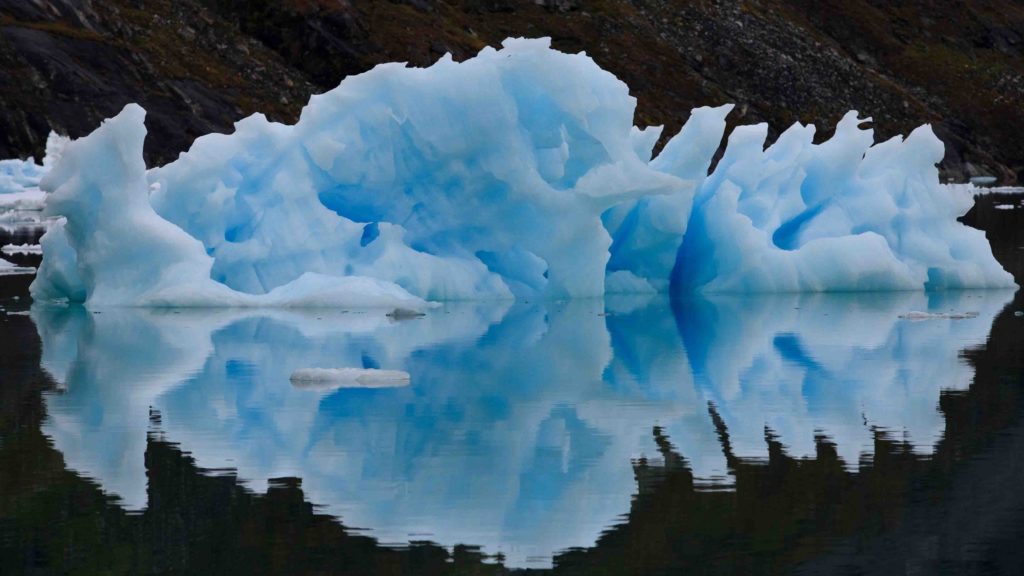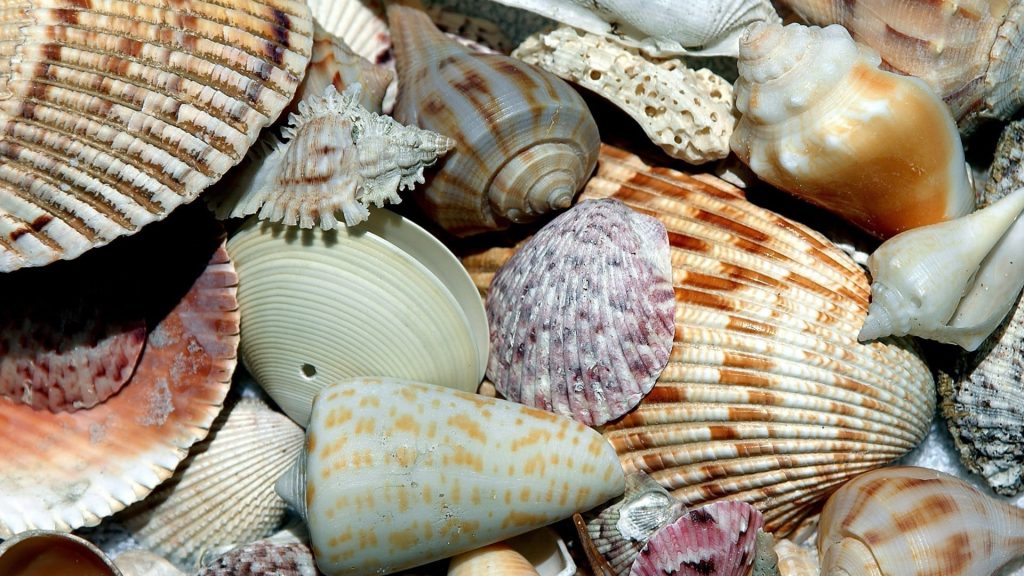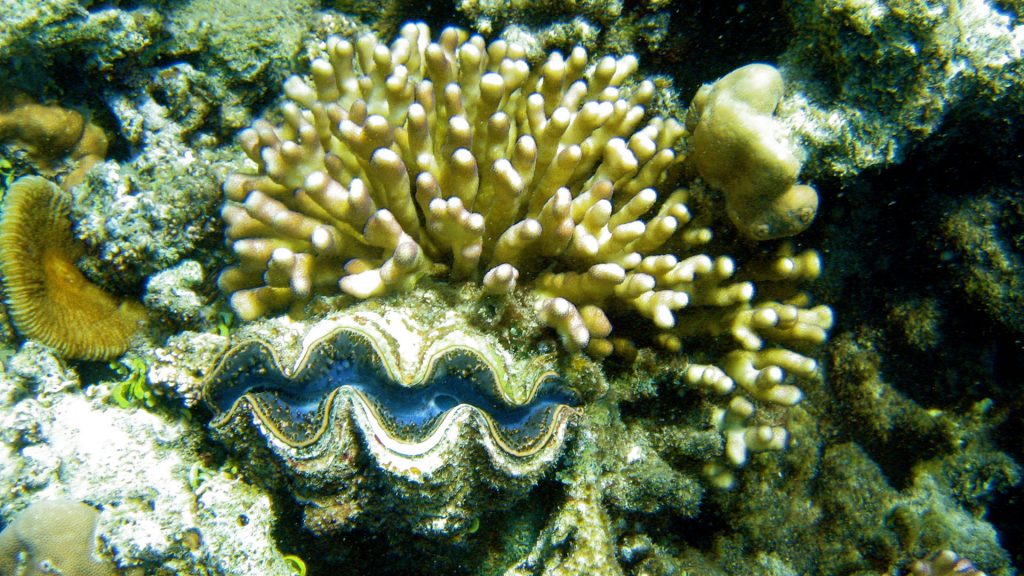The sands of many tropical islands are snow white. Beaches in Hawaii can be white, black, green, or red. In Bermuda, sand is often pink. And most of the world’s beaches are a sandy brown. What creates those different colors? Why is some sand soft and fine, but other types feel rough? Where does beach sand come from, anyway? The sand found on a specific beach is created by its surroundings. It’s unique to that beach—like a fingerprint.
Most beaches get their sand from rocks on land. Over time, rain, ice, wind, heat, cold, and even plants and animals break rock into smaller pieces. This weathering may begin with large boulders that break into smaller rocks. Water running through cracks erodes the rock. In areas where it’s cold enough to freeze, water expands as it turns to ice. This forces the cracks open wider. The freeze-thaw cycle happens over and over again. Each time, gaps widen. Pieces break off. Over thousands of years they break down into smaller and smaller rocks, pebbles, and grains of sand.
Pounding waves and the ebb and flow of tides also make sand. These motions knock rocks, pebbles, and sand grains against each other. This action wears them down. It also smooths the rough edges. The smaller and rounder the grains become, the softer the sand feels.
Different minerals in rock weather differently. Some don’t hold up well. Others, such as quartz and feldspar, are much tougher. These two minerals last longer than others and make up a typical sandy beach. Quartz tinted with iron oxide appears light brown. Feldspar is tan. Together, they create the sand-colored hue of many beaches.
In areas with volcanoes, sand comes from volcanic rock. This explains the colored beaches of the Hawaiian Islands. Red beaches come from volcanic rock that’s rich in iron. Green beaches have lots of the mineral olivine. And black beaches are created from obsidian, or volcanic glass. When lava flows into water, it hardens so quickly it shatters, creating shards of obsidian. Over time, waves smooth the shards, turning them into sand.
Beach sand is more than just minerals from land, however. Some sand also comes from the ocean. Shells and other hard pieces from marine organisms wash up on shore. Pounding waves break them into smaller, sand-sized pieces. In tropical areas with coral reefs, this is the main source of beach sand.
Such reefs are home to animals, like parrotfish, that graze on coral. Parrotfish eat the algae that live on and in the corals. But they’re not delicate eaters. They chow down on big bites of coral, including the skeleton. Chunks of skeleton get ground up and pooped out as sand. A single parrotfish can create hundreds of pounds of sand each year!
Sand also comes from the remains of tiny creatures called foraminifera (forams for short). Forams are single-celled, amoeba-like protists. They form protective shells out of calcium carbonate. That’s the same stuff found in most shells and coral skeletons. When forams die, their shells are left behind as sand. In Bermuda, forams build pink shells, giving beaches there a unique hue.
LEARN MORE ABOUT CORALS
Dating Corals, Knowing the Ocean
Coral is a useful tool for scientists who want to understand changes in past climate, but recalling that history presents its own set of challenges.
Castro, J. What is Sand? LiveScience. https://www.livescience.com/34748-what-is-sand-beach-sand.html May 28, 2013.
Hadhazy, A. Science of Summer: Where Does Beach Sand Come From? LiveScience. https://www.livescience.com/38163-where-beach-sand-comes-from.html July 16, 2013.
NOAA. How does sand form? https://oceanservice.noaa.gov/facts/sand.html Accessed on December 2, 2020.
Sea. Earth. Atmosphere. Weathering and Erosion. https://manoa.hawaii.edu/sealearning/grade-4-earth-science-topic-1. Accessed on December 3, 2020.
DIVE INTO MORE OCEAN FACTS
What causes ocean waves?
A trip to the ocean means sun, wind, and waves. Surfers ride them. Children play in them. Swimmers dive beneath them. But what causes waves?
Why is glacier ice blue?
When sunlight shines on a field of snow, it reflects a bright-even blinding-white. But if you get a good look at the leading edge of a glacier, you’ll find that the ice inside is a brilliant blue.
How are seashells made?
One of the most striking features of our beaches is seashells. Their whorls, curves, and shiny iridescent insides are the remains of animals. But where do they come from?
Are corals plants, animals, or rocks?
The base of a coral reef is coral, but what is coral? If you look at a piece of coral that washed up on shore, it’s solid and tough with rough edges and little pits.

